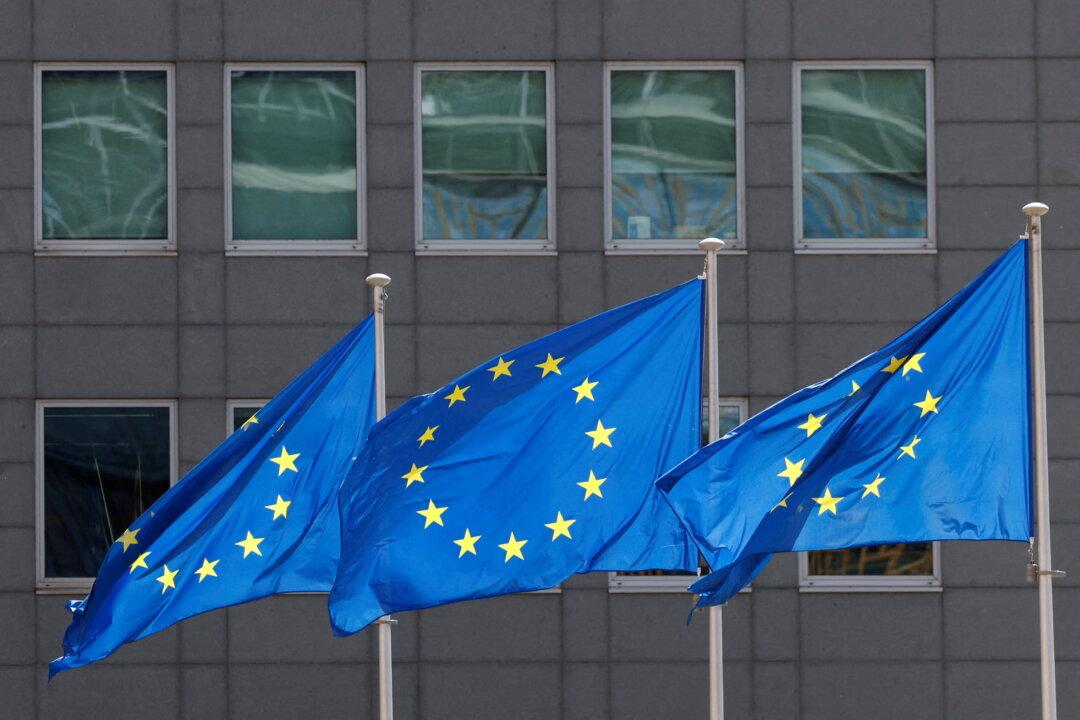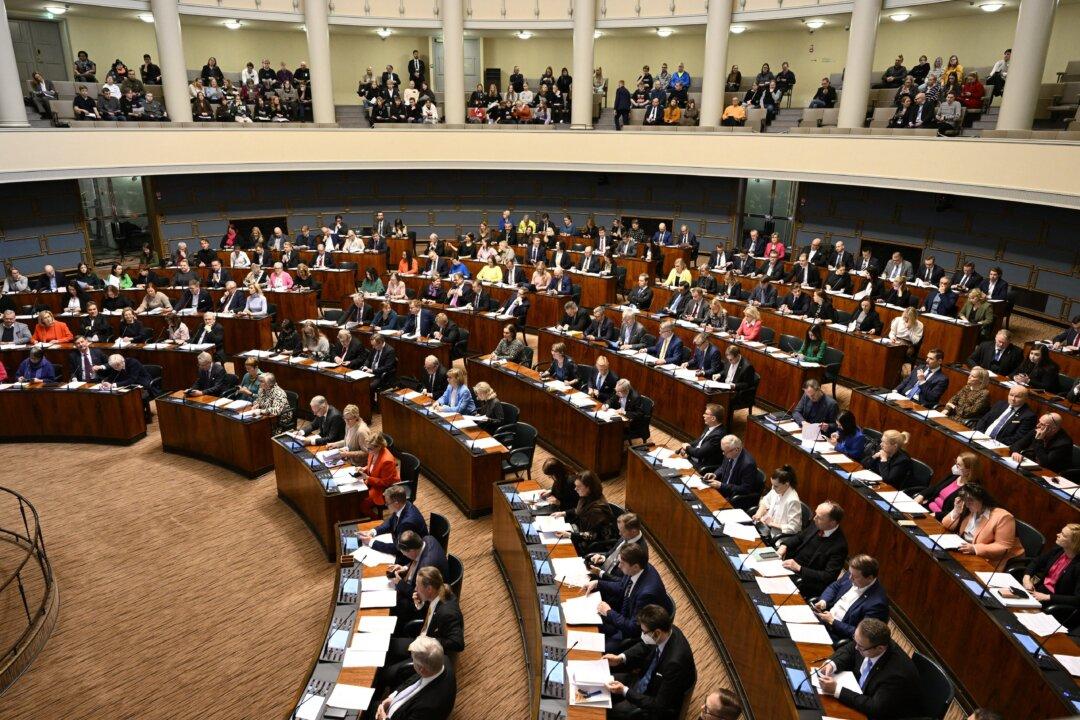Commentary
The possible, even likely, collapse of the European economy would inflict some heavy costs to present European institutions. In this article, Peter Nyberg and I detail why we believe we’re likely to see some rupturing of the European Union as originally conceived.





